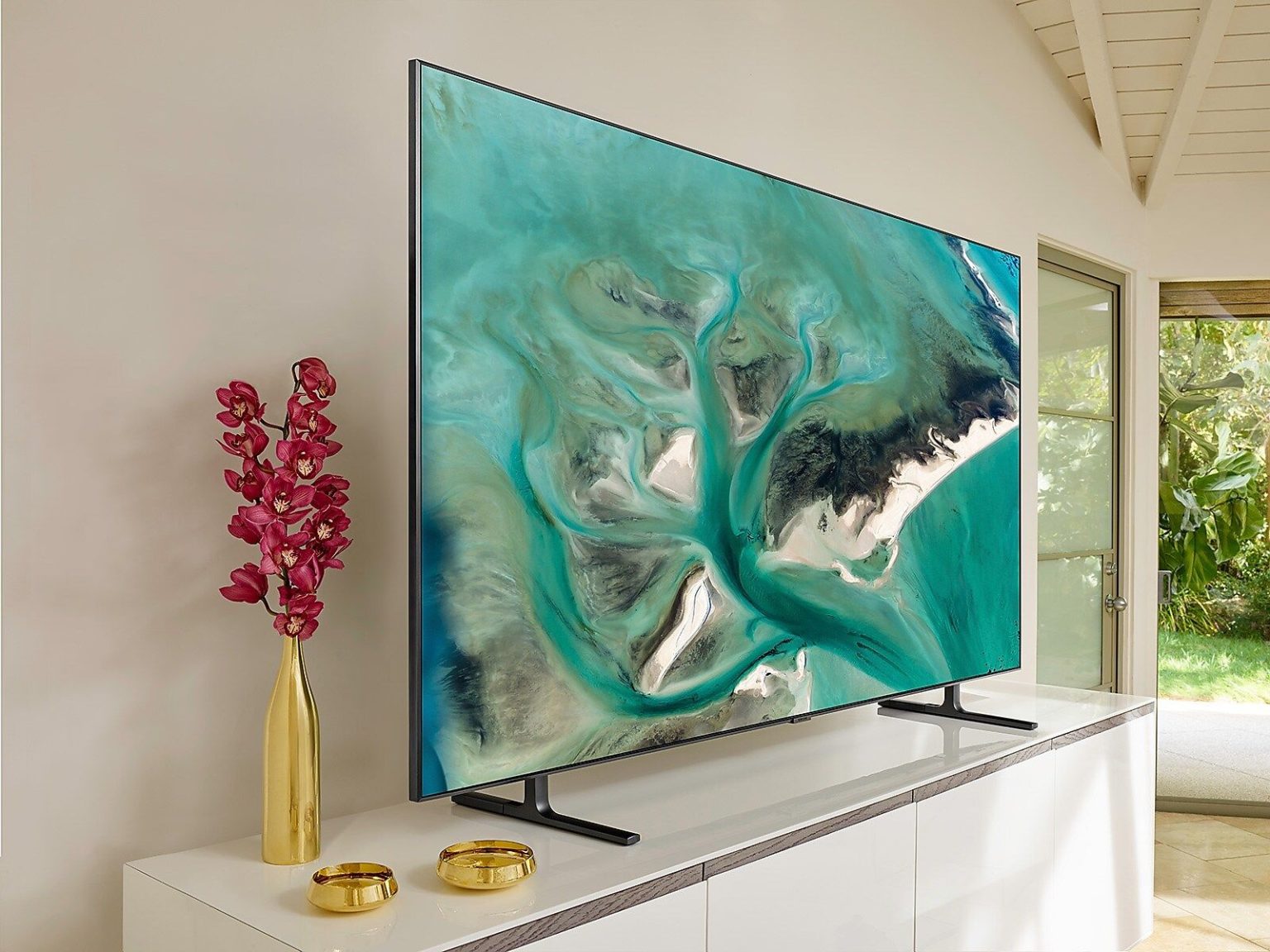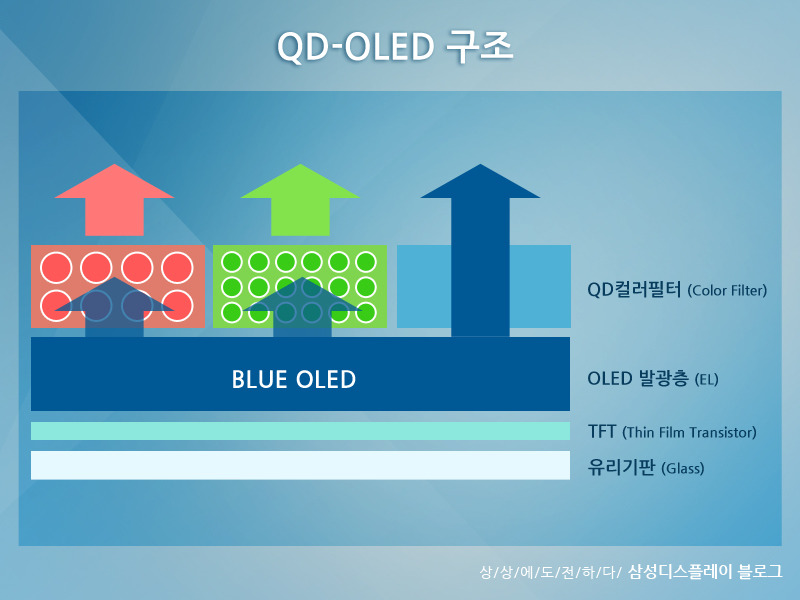Samsung has new hybrid TVs coming — and they could kill OLED
Samsung Display is working on a new QLED/OLED hybrid that could redefine TVs

Samsung is readying a new TV display technology that combines the immaculate picture of OLED with the brightness and color boosting properties of QLED's quantum-dots, into a new hybrid technology called QD-OLED.
Even more exciting? According to reports from BusinessKorea, prototypes of the next-gen technology are already being shared with companies like Sony and Panasonic, as well as Samsung Electronics, and the new panels could start showing up in TVs as early as 2021.
- The best TVs we've reviewed
- What you need to know: TV buying guide
- Just in: NBA boycott: Will the playoff games resume after strike?
Samsung Display develops and manufactures the display technology that is used in both Samsung products as well as any other products that use Samsung screens – everything from TVs to smartwatches, but from other major brands you'd recognize. (LG does the same, with LG Electronics utilizing display tech from LG Display, who provide OLED panels for Sony TVs and Apple smartphones.)
Samsung has gotten a lot of press the last couple of years for new and innovative display technologies, from the quantum-dot enhancement on it's QLED TVs to the frequently-demoed but not really available microLED of The Wall. But recent industry reports suggest that Samsung is making a big bet on QD-OLED, with OLED-info.com reporting that Samsung invested more than $10 billion into QD-OLED R&D and manufacturing last year, and SamMobile.com reports that the company is actively converting one of its South Korean fabrication facilities entirely from LCD to QD-OLED.
The goal of QD-OLED's hybrid technology is to offer all of the benefits of OLED displays – pixel-perfect contrast and dimming, rich blacks, and dramatically slim physical designs – while also leveraging the brilliant color and brightness that quantum-dots can provide. The end result is not only a better display, but one that should be cheaper to manufacture, making for a more affordable premium display. That would be a huge win for Samsung, since many customers feel that current OLED TVs are overpriced, even on top sets, like the one we saw in our LG CX OLED review.
How QD-OLED works

Combining quantum dots and OLED isn't as simple as adding a layer on top of an existing OLED, however. Instead, the technology uses OLED primarily to handle the blue light aspects of the RGB display, and quantum dots to provide red and green emissions, converting that base blue into the other colors needed to create a full-color picture.
In theory, that will make for cheaper OLED manufacturing – with a less complex OLED base and fewer layers in the stack, reducing material costs and manufacturing difficulty. According to analysis by Display Supply Chain, this could lower manufacturing costs dramatically, from the $94.91 per square meter of traditional OLED down to $26.03 for the OLED components of QD-OLED.
Sign up to get the BEST of Tom's Guide direct to your inbox.
Get instant access to breaking news, the hottest reviews, great deals and helpful tips.
That would translate into profit increases for Samsung and cheaper products for consumers, but that's all dependent on getting the technology right and fine tuning the manufacturing process to churn out a high-quality product. If Samsung is sharing prototypes of the new tech, it's likely that progress is well under way on both fronts.
To bag some money off your next Samsung TV, be sure to check out our Samsung discount codes.
Brian Westover is currently Lead Analyst, PCs and Hardware at PCMag. Until recently, however, he was Senior Editor at Tom's Guide, where he led the site's TV coverage for several years, reviewing scores of sets and writing about everything from 8K to HDR to HDMI 2.1. He also put his computing knowledge to good use by reviewing many PCs and Mac devices, and also led our router and home networking coverage. Prior to joining Tom's Guide, he wrote for TopTenReviews and PCMag.

